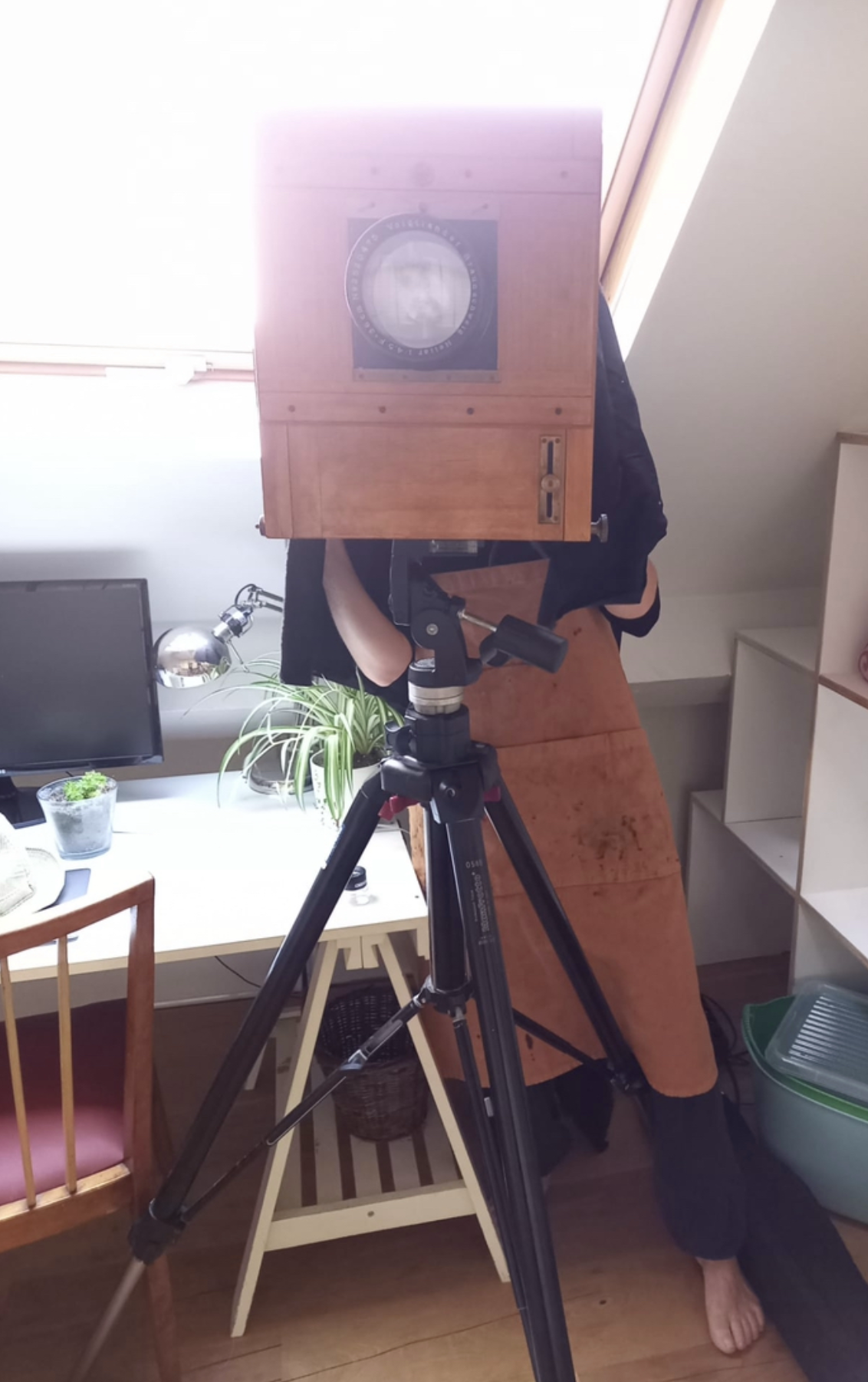About
Cartographier, classer, inventorier.
Non pour figer, mais pour apprivoiser l’inconnu. Créer des cases pour ne pas me perdre, dessiner des structures pour rester debout face à ce qui se dérobe.
Le monde est flou, souvent absurde. L’équilibre, précaire.
Classer m’aide à tenir. Cela me permet d’interrompre ce vertige. Chaque tentative d’inventaire est une manière d’apprivoiser le chaos, de ralentir ce qui m’échappe. Donner une forme (même provisoire) à ce qui me trouble.
Dans la vie de tous les jours, face aux dissonances du monde, ma colère intérieure déborde. Mes travaux en détournent l’élan. Ils deviennent le lieu où le tumulte s’organise.
Monomaniaque, Je travaille lentement.
Observer, parfois des années, est une manière de refuser de conclure trop vite. Rien ne surgit instantanément. Tout se révèle couche après couche, au creux des silences. Ce que j’anticipe au début se déplace, selon ma position, selon le temps que j’accepte d’y consacrer.
À tâtons, j’ai commencé par dresser des inventaires intimes : les regards désarmés à l’aube dans 7AM/7PM, le tumulte intérieur peu à peu dissous dans Bath, les cases dont on ne se défait pas dans Boxes.
En quittant Amsterdam, j’ai choisi de prendre ma propre vie pour terrain d’étude. Dans Katalog, j’ai photographié un à un les 12 795 objets que je possède. Ensemble, ils tracent les lignes discrètes d’un autoportrait.
Aujourd’hui, avec Les Privilèges Invisibles, ce sont les trajectoires humaines que je tente de saisir, à travers un nuancier de données, de récits et de visages.
L’image s’est imposée comme médium de prédilection, mais les mots m’ont toujours tenue debout. Aucun artiste ne m’a mieux soignée qu’Édouard Levé, Stig Dagerman ou Milan Kundera. Depuis, l’écriture se tisse dans chacun de mes projets, comme une trame invisible.

Mapping, sorting, inventorying.
Not to freeze, but to tame the unknown. To create boxes so as not to lose myself, to draw structures in order to remain standing before what slips away.
The world is blurred, often absurd. Balance, precarious. Sorting helps me hold on. It interrupts the vertigo. Each attempt at inventory is a way of negotiating with chaos, of slowing what escapes me. To give form (even a provisional one) to what unsettles me.
In everyday life, faced with the world’s dissonances, my inner anger spills over. My works divert its force. They become the place where the turmoil takes shape.
Monomaniac, I work slowly.
Observing, sometimes for years, is my way of refusing to conclude too quickly. Nothing arises instantly. Everything reveals itself layer by layer, in the hollow of silences. What I anticipated at the beginning shifts with my position, and with the time I allow it.
Tentatively, I began by drawing up intimate inventories: the disarmed gazes at dawn in 7AM/7PM, the inner tumult gradually dissolved in Bath, the boxes one never escapes in Boxes.
Leaving Amsterdam, I chose my own life as a field of study. In Katalog, I photographed, one by one, the 12,795 objects I own. Together, they trace the discreet lines of a self-portrait.
Today, with Les Privilèges Invisibles, it is human trajectories I try to capture, through a spectrum of data, stories, and faces.
The image imposed itself as my medium of choice, but words have always kept me upright. No artist has healed me more than Édouard Levé, Stig Dagerman, or Milan Kundera. Since then, writing has woven itself into each of my projects, like an invisible thread.